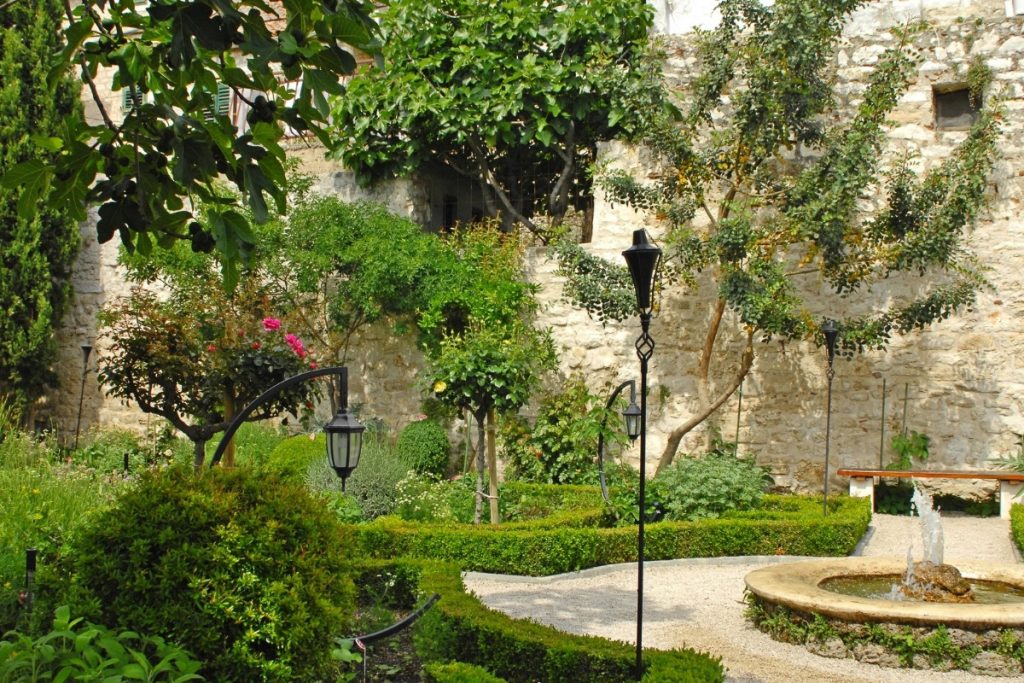Table of Contents
How to Make a Medieval Chamomile Seat
The gardeners of the 13th century made their gardens mainly to feed their households, but in those days, gardeners employed by the nobility learned to add beauty within the herb garden, orchard and potager. Their gardens were romantic and stylized as well as useful. There are numerous garden projects today’s gardener can copy from those medieval garden designs, but one that is seldom copied is the chamomile seat.
If the gardener only wanted to add one romantic garden project to her garden, this may be it. When she sits down on this seat, she’ll be sitting on a seat of living flowers. The pungent scent of chamomile makes it a relaxing haven.
Preparing the Framed Box for the Seat
The gardener should begin with a chair or bench she already owns – one she won’t mind altering.
Directions:
- Remove the bottom 4” from the legs with a jigsaw.
- Build a low frame to fit the top of the seat using 4” strapping. Strapping is rough-cut lumber, usually of poplar or pine.
- Measure all four sides of the chair and cut the strapping to length.
- Once all four pieces are cut, screw the sides together.
- To attach the frame to the chair seat, use small corner brackets inside the frame screwing them down into the seat.
Painting Considerations
The next step is to paint the chair so that all the the wood is the same color. The chair could be left to weather into a natural gray, but paint will ensure its longevity. When choosing a paint color, consider the color of chamomile. The flowers are small and white with yellow in the middle. The leaves are bluish-green. A sage-colored chair would make a lovely contrast.
Preparing the Seat for the Chamomile
When the paint has dried, it’s time to prepare the seat for the chamomile plantings.
Directions:
- Add black pond lining cut to fit inside the “box” frame. Staple it to the wood high up on the inside edges.
- Make a few small cuts in the bottom back of the lining to allow for drainage. Most chairs lean towards the back, so this should be the direction for drainage.
- Add one inch of pea gravel to the bottom of the lined frame. This will keep the roots from sitting in water and it will also help keep the soil in place. Fill with good potting soil and flatten it down with a trowel or hands. The soil should be level with the top of the frame.
- Add the chamomile plants, patting them in firmly with hands and water in. For a chair, the gardener will need six to nine plants to fill the space. Over time, the chamomile plants will thicken and fall over the sides of the seat, looking like it formed without assistance.
Wintering Over the Chamomile Plants
This project is best suited to gardens in Zones 7 or higher. Otherwise, lift the plants in the fall and transfer them into the garden to winter over. Chamomile is not overly winter hardy in the north, so protect the plants with a thick mulch. Gardeners in lower gardening zones could also consider using annual herbs for this purpose.
Rather than filling the frame with plants, the gardener could scatter seeds of basil or other low-growing scented herbs. Plant choices are numerous, so she’ll have fun studying the seed packages for annual flowers and herbs. The gardener should look for replacement plants that will bounce back after being sat upon.


